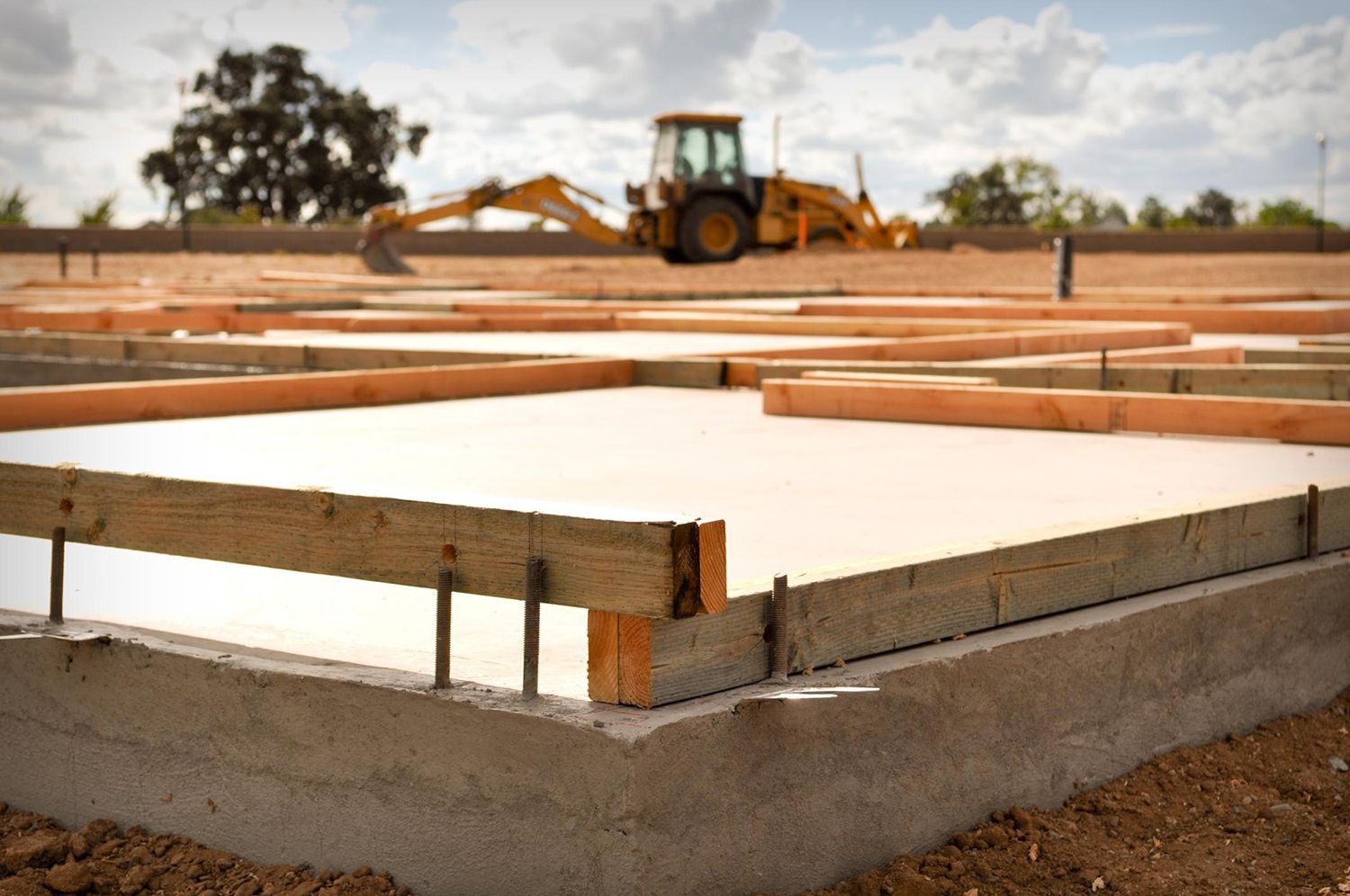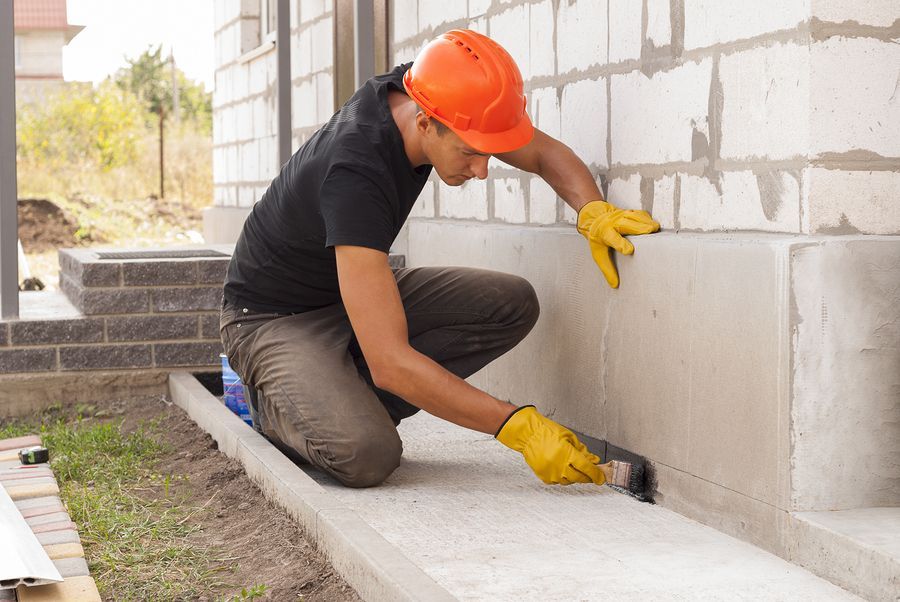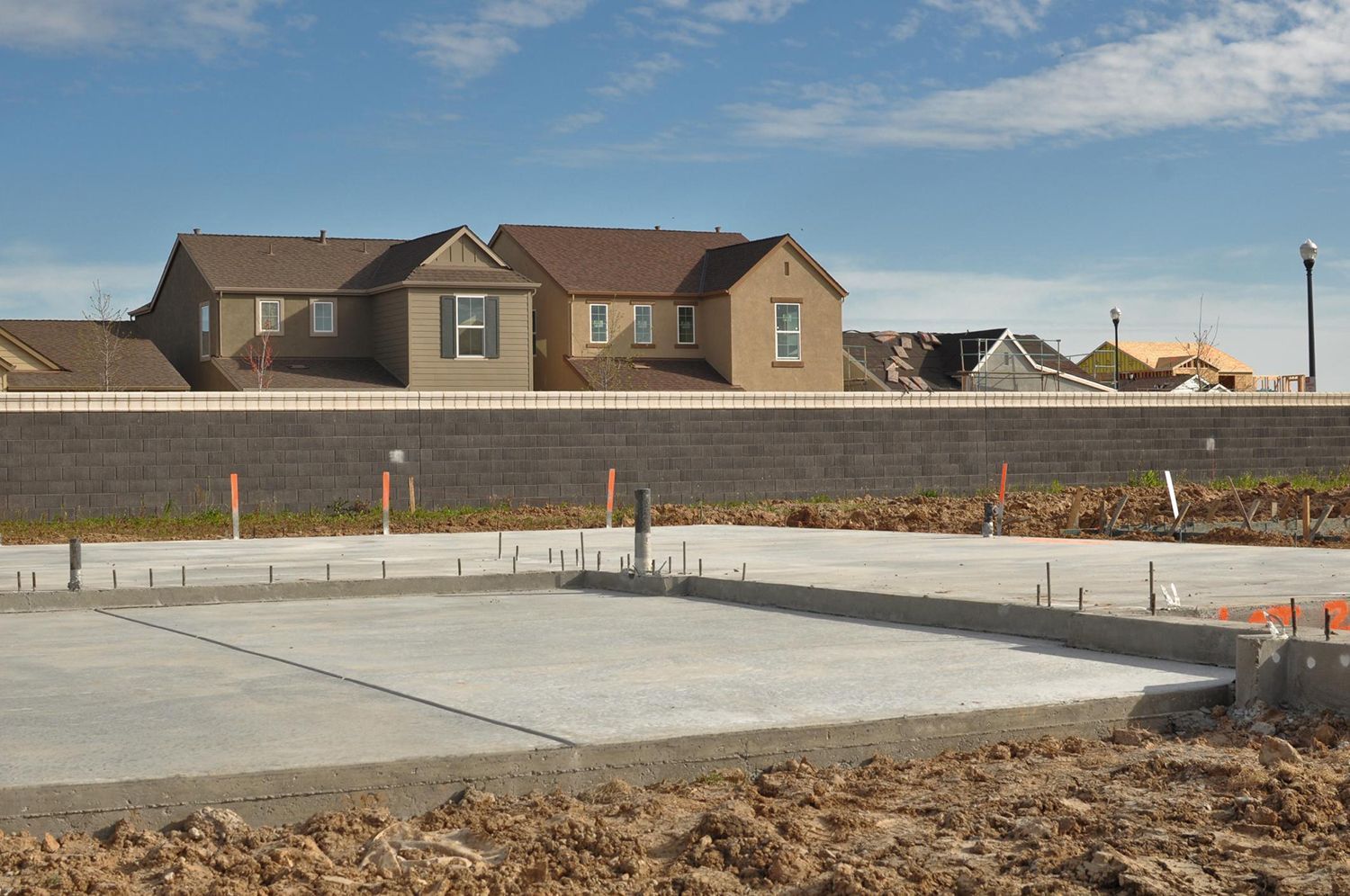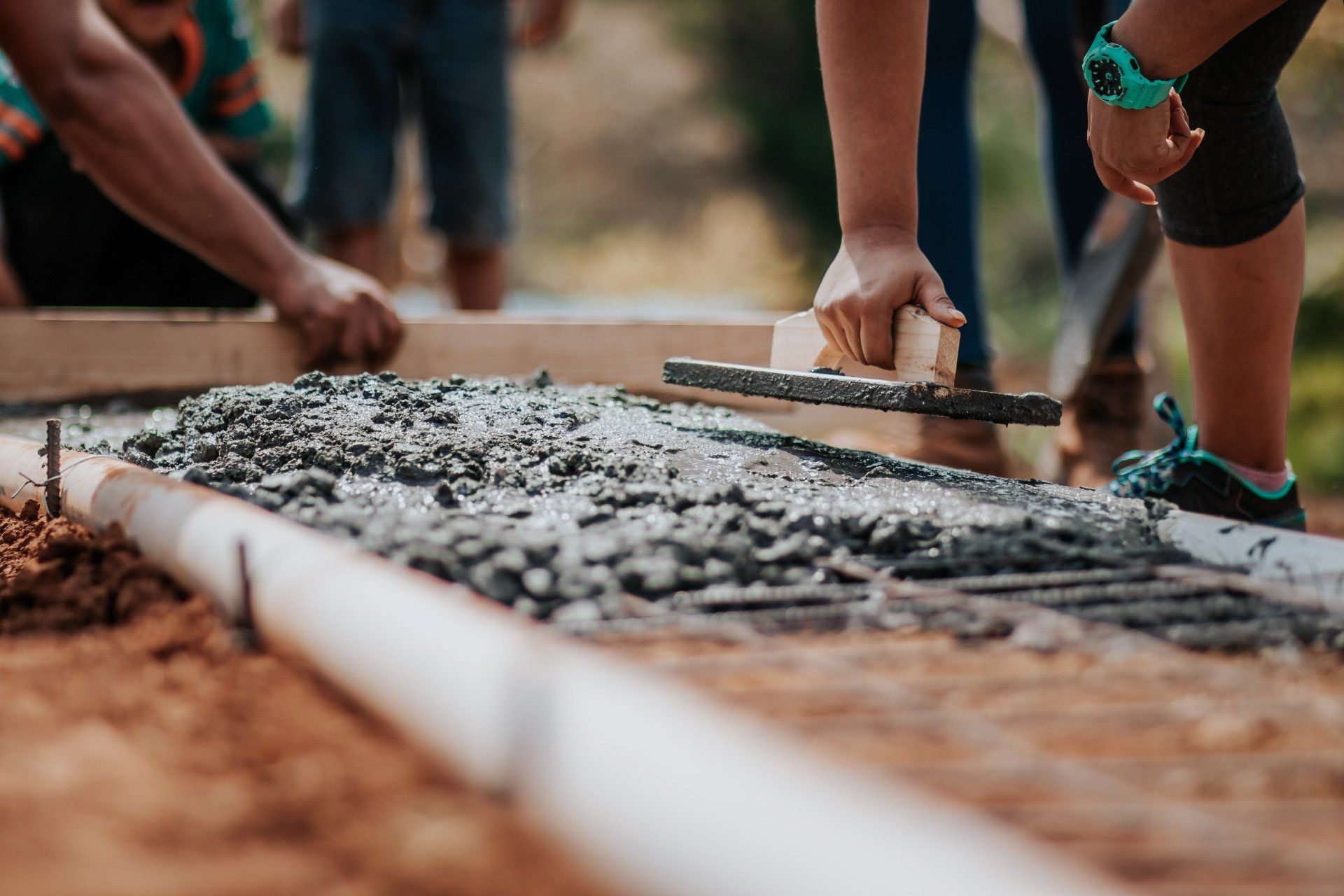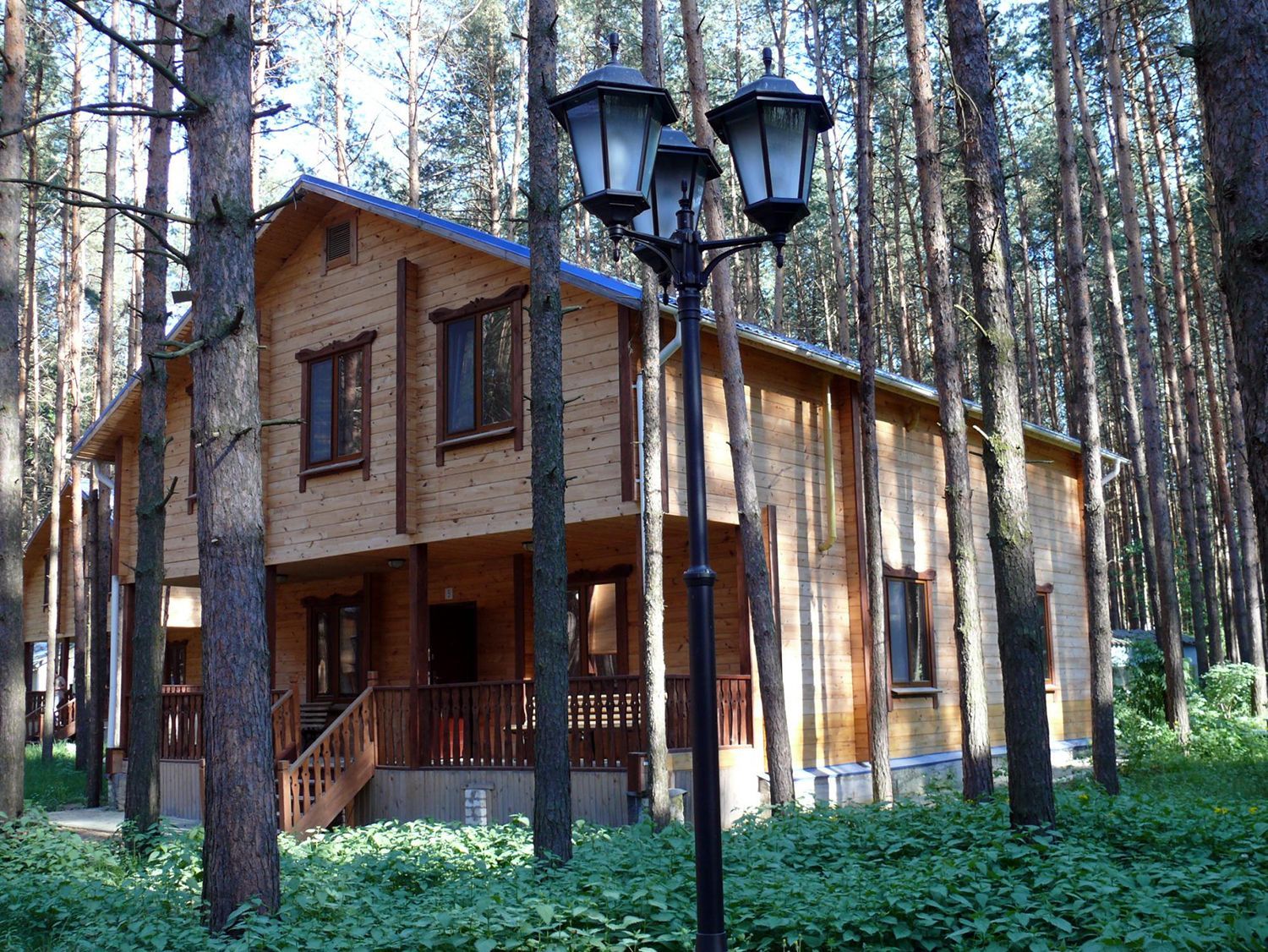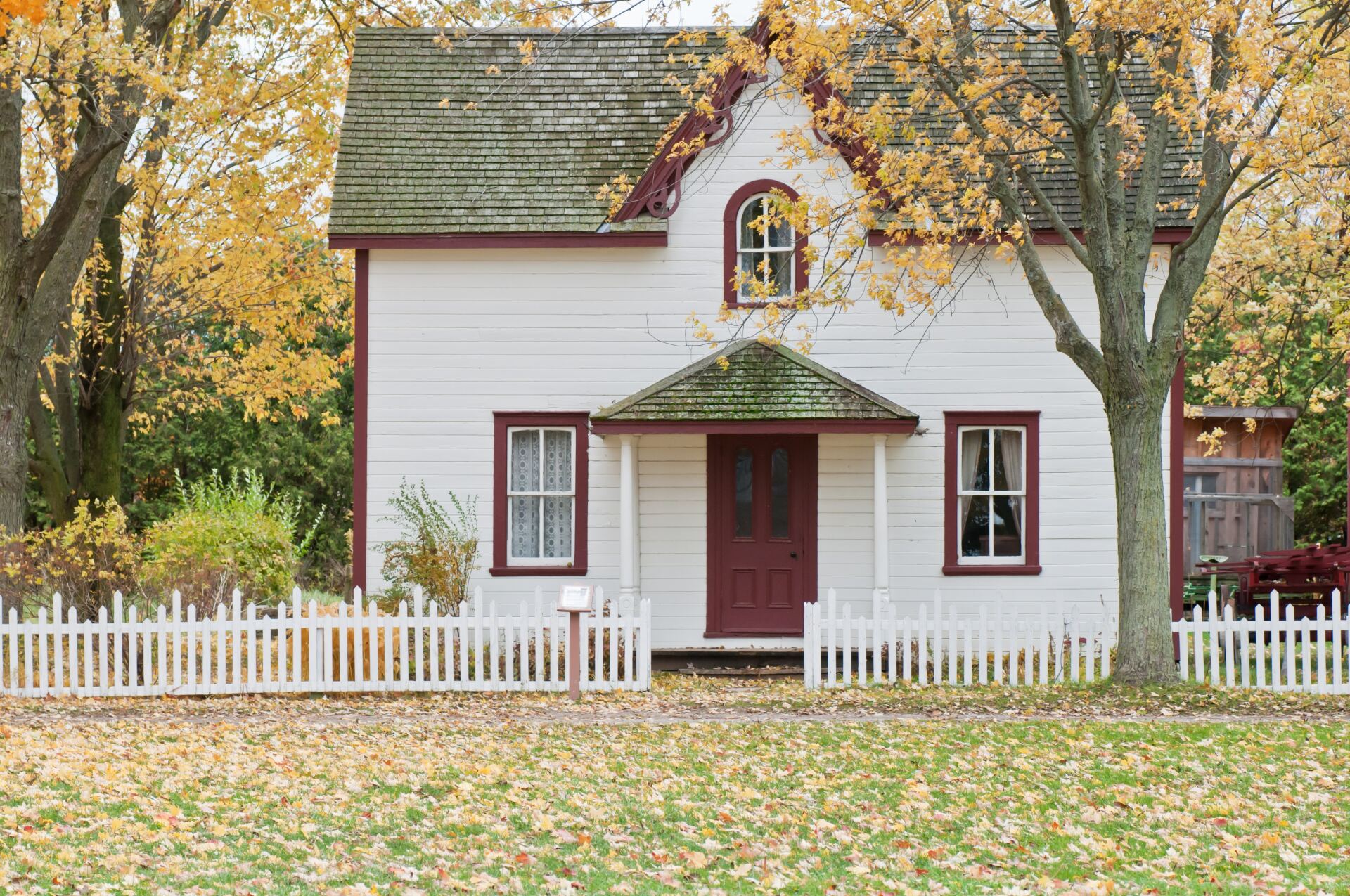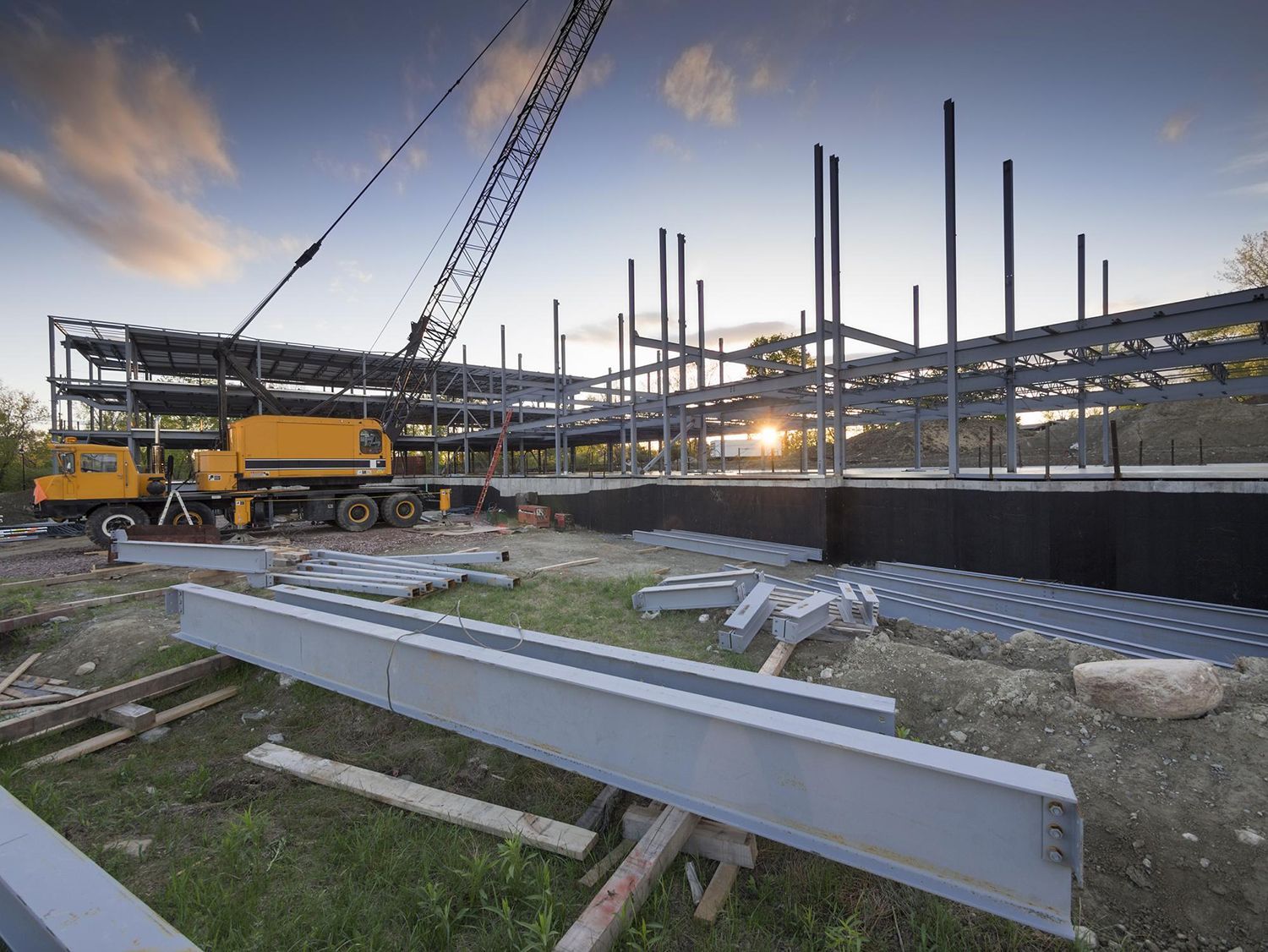Restoring Foundation Stability: Expert Pier and Beam Repair
"Ensuring the Solid Ground Beneath: A Comprehensive Guide to Pier and Beam Repair"
Introduction
A solid foundation is the cornerstone of any well-built house. For homes with pier and beam foundations, ensuring the integrity of the structure is paramount. Over time, these elevated foundations may develop issues that require attention, such as pier and beam repair. In this comprehensive guide, we will delve into the intricacies of
pier and beam repair, including its importance, common problems, costs, and even some DIY solutions. So, if you're wondering about the stability of your house's foundation, read on to learn everything you need to know about pier and beam repair.
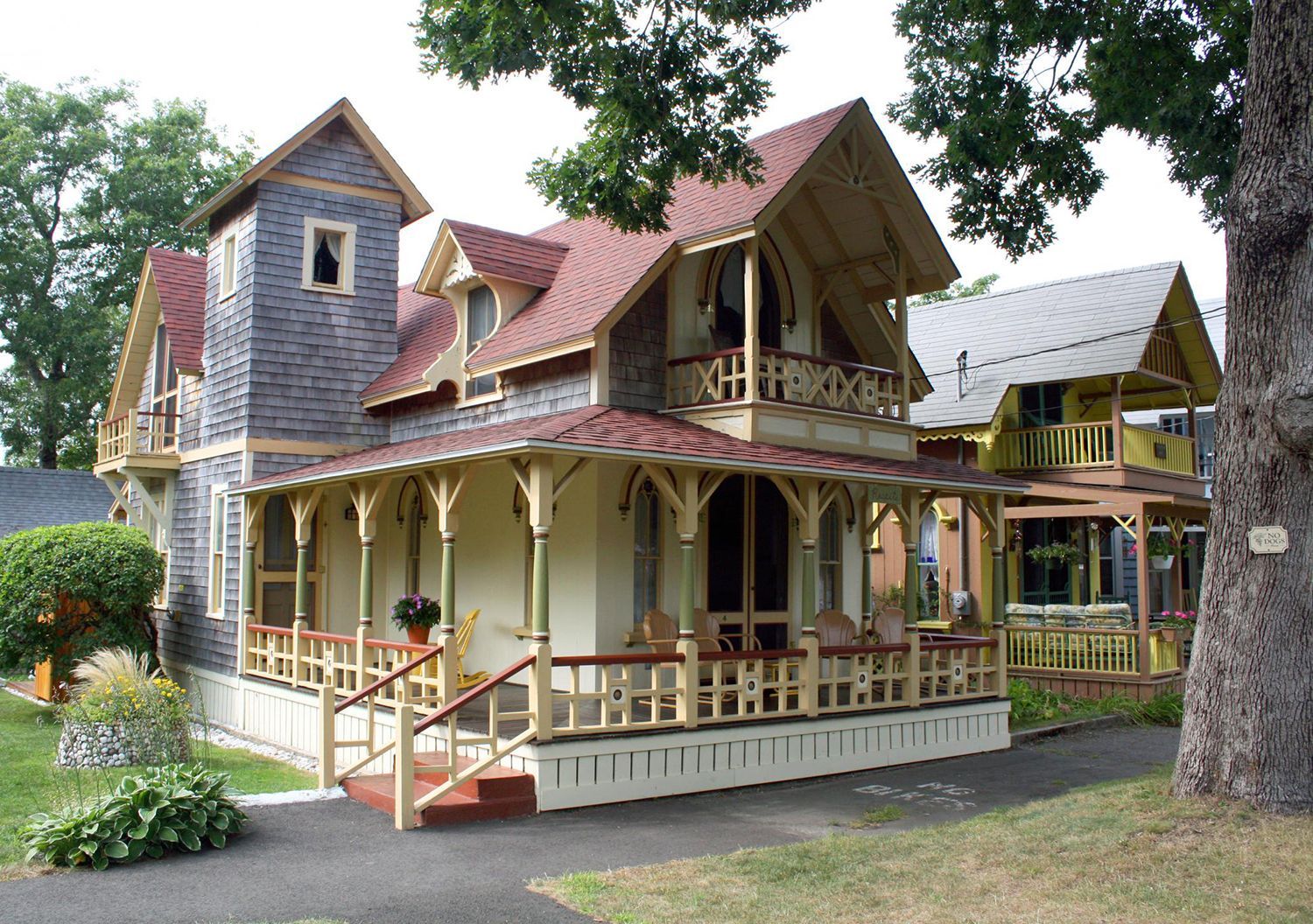
The Role of Beam in a House Foundation
Before delving into the specifics of pier and beam repair, let's first understand the crucial role that beams play in a house's foundation. A pier and beam foundation system consists of two primary components: piers and beams. While piers provide support and elevation for the house, beams, also known as girder beams, are horizontal structures that distribute the weight of the house evenly across the piers. They play a vital role in ensuring the stability and integrity of the foundation.
Common Pier and Beam Foundation Problems
Despite their durable construction, pier and beam foundations are not immune to problems. Over time, various issues can develop, compromising the foundation's stability. Here are some of the most common problems associated with pier and beam foundations:
Sagging Beams:
Over time, beams may start to sag due to the constant load and exposure to environmental factors. This can result in uneven floors and visible gaps between the beams and the piers.
Pier Settlement: Piers may settle unevenly, leading to a lack of support in some areas. This can cause the house to become unlevel and result in structural problems.
Moisture-Related Issues: Pier and beam foundations are susceptible to moisture issues, including rotting wood. Excessive moisture can lead to decay in beams and piers, weakening the foundation's overall structure.
Termite Damage: Termites can infest and damage the wooden components of a pier and beam foundation, further compromising its integrity.
Soil Shifting: Changes in soil conditions, such as expansion and contraction, can exert pressure on the foundation, causing it to shift and leading to structural problems.
Importance of Pier and Beam Repair
Addressing pier and beam foundation problems is essential to maintaining the stability and safety of your home. Ignoring these issues can lead to more extensive and costly repairs down the road, as well as potential safety hazards. Here are some reasons why pier and beam repair is crucial:
Structural Integrity: A compromised foundation can result in structural damage to your home. Repairing
pier and beam issues ensures that your house remains safe and stable.
Property Value: A well-maintained foundation enhances your property's value. Ignoring foundation problems can decrease the resale value of your home.
Cost Savings:
Timely repairs are often more cost-effective than allowing issues to worsen. Fixing minor problems now can prevent major, costly repairs later.
Safety: Uneven floors and structural instability can pose safety hazards to occupants. Repairing the foundation ensures a secure living environment.
Foundation Pier Repair Cost
The cost of pier and beam repair can vary significantly depending on the extent of the damage, the size of the house, and the chosen repair method. On average, homeowners can expect to pay between $1,000 and $5,000 for pier and beam foundation repairs. However, more extensive repairs or those requiring specialized techniques can cost significantly more.
Factors that influence the cost of pier and beam repair include:
Extent of Damage:
The severity of the foundation problems directly affects the repair cost. Minor issues may only require a few adjustments, while extensive damage may necessitate major repairs or even foundation replacement.
Materials Used:
The type and quality of materials used for repair can impact the overall cost. High-quality materials may come with a higher price tag but can result in longer-lasting repairs.
Labor Costs:
Labor costs can vary based on the location of your property, the availability of skilled contractors, and the complexity of the repair work.
Permit and Inspection Fees:
Depending on local regulations, you may need permits for foundation repairs, which can add to the overall cost. Inspections may also be required to ensure the repairs meet safety standards.
Additional Repairs: Sometimes, pier and beam repairs reveal additional issues, such as damaged plumbing or electrical work. Addressing these problems can increase the overall repair cost.
Pier and Beam Repair Options
When faced with pier and beam foundation issues, homeowners have several repair options to consider. The choice of repair method depends on the severity of the problem, budget constraints, and personal preferences. Here are some common pier and beam repair options:
Shimming or Leveling: This method involves lifting and supporting sagging beams or piers using shims, jacks, or support posts. It's a cost-effective way to address minor settling issues.
Pier Replacement: When piers have settled or deteriorated beyond repair, they may need to be replaced with new, properly installed piers.
Beam Replacement: If beams are severely damaged or rotted, they should be replaced to maintain the foundation's structural integrity.
Moisture Control:
Implementing moisture control measures, such as proper drainage and encapsulation, can prevent future moisture-related issues in the crawl space beneath the house.
Termite Treatment: If termites have infested the wooden components of your foundation, pest control measures should be taken to eliminate the infestation.
DIY Pier and Beam Foundation Repair
While some pier and beam repairs require professional expertise, there are certain tasks that homeowners with basic construction skills can tackle themselves. Here are some DIY pier and beam foundation repair tips:
Inspect Regularly: Perform regular inspections of your foundation to catch issues early. Look for sagging beams, cracks, and signs of moisture damage.
Clean and Ventilate:
Ensure proper ventilation in the crawl space beneath your house to prevent moisture buildup. Remove debris and excess vegetation from around the foundation.
Shimming: If you notice minor settling, you can attempt shimming using wooden shims or steel plates. Be cautious and consult with a professional if you're unsure.
Seal Gaps: Seal any gaps or cracks in the foundation using appropriate sealants to prevent moisture intrusion.
Termite Control: Implement termite control measures, such as termite baits or chemical treatments, to protect wooden components.
It's important to note that while some DIY repairs can be effective for minor issues, extensive foundation problems should always be assessed and repaired by professionals to ensure safety and long-term stability.
Finding Professional Pier and Beam Repair Services
When it comes to major pier and beam foundation repair, it's crucial to hire experienced professionals. Here are steps to help you find reputable repair services:
Research: Start by researching local
foundation repair companies. Look for online reviews, ask for recommendations from friends and neighbors, and check with the Better Business Bureau for any complaints.
Get Multiple Quotes:
Obtain quotes from several reputable contractors. Compare their pricing, proposed repair methods, and warranties.
Check Credentials:
Verify that the contractors are licensed, insured, and have experience with pier and beam foundation repairs.
Ask for References: Request references from past clients to gauge the quality of their work.
Review the Contract:
Before hiring a contractor, carefully review the contract, ensuring it includes all details of the repair, costs, and warranties.
Conclusion
Your home's foundation is its most critical structural element, and maintaining its stability is essential for your safety and property value. Pier and beam foundations, with their piers and beams, provide a strong and durable support system for houses. However, over time, these foundations can develop problems that require attention. Whether you're dealing with sagging beams, pier settlement, moisture-related issues, or termite damage, it's essential to address these problems promptly.
Pier and beam repair is an investment in the long-term integrity of your home. The cost of repairs can vary, depending on the extent of the damage and the chosen repair method. While some minor repairs can be tackled as DIY projects, major foundation issues should be handled by
experienced professionals to ensure safety and quality.
By understanding the importance of pier and beam repair, recognizing common foundation problems, and knowing how to find reputable repair services, homeowners can take proactive steps to restore stability to their elevated foundations, preserving the safety and value of their homes. So, don't wait until your foundation issues become more severe—take action to address them today.


